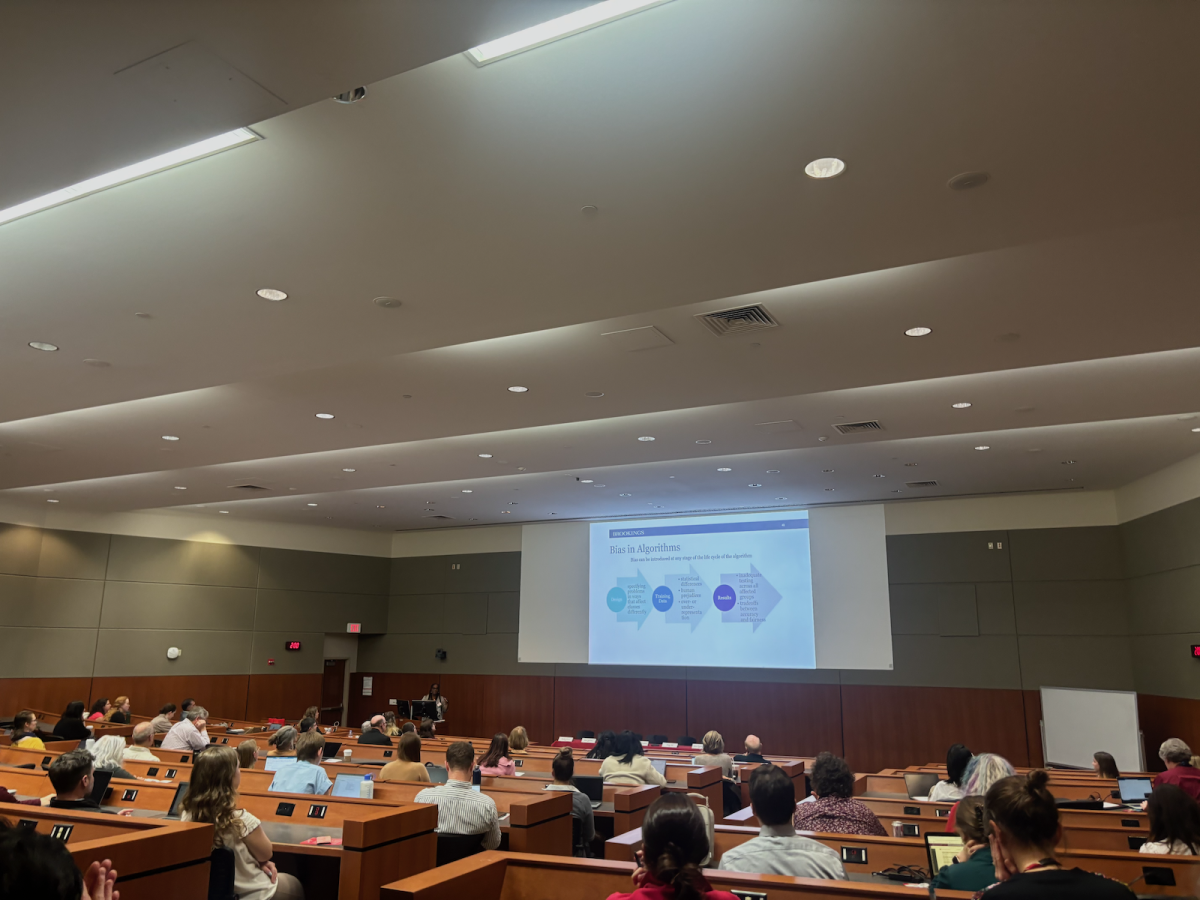Wisconsin’s primary elections may be over, but experts say the election’s impact on Wisconsinites and the U.S. general election will be felt for a while.
On Tuesday, U.S. Sen. Ted Cruz, R-Texas, and U.S. Sen. Bernie Sanders, D-Vermont, won their respective primaries in the Badger state with sizable leads over their opponents.
At the state level, Cruz received 48.2 percent of the Republican vote, outstripping New York businessman Donald Trump, who took 35.1 percent. Ohio Gov. John Kasich received just 14.1 percent of the Wisconsin Republican vote.
Sanders won Wisconsin with 56.6 percent of Wisconsin’s Democratic vote — 13 points ahead of former Secretary of State Hillary Clinton’s 43.1 percent.
In Dane County, Cruz won 38 percent of Republican votes, while Sanders took 62.6 percent of Democratic ones, according to the Dane County Clerk’s Office.
Lewis Friedland, director of the UW Center for Communication and Democracy, said the election’s results indicated the key role that Wisconsin’s Republicans played. He said many Republicans, including Walker and radio host Charlie Sykes, were successful in pushing Cruz forward and taking Trump’s momentum away.
“The presidential primary was indicative of the Republican establishment mobilizing to demonstrate that it has a significant amount of power in the state,” Friedland said.
Wisconsin voters of both political parties turned out in record numbers, demonstrating a genuine interest in the 2016 election.
University of Wisconsin political science professor Kenneth Mayer said Wisconsin saw the highest voter turnout for a primary election since 1972, largely due to the primary race’s controversial nature.
Around 46 percent of Wisconsin’s voting-age population participated in the primary. Dane County alone saw 66 percent turnout. These rates are only estimated to increase in the November elections, Mayer said.
“[The high voter turnout] reflects the fact that you had a hotly contested race in both parties, unlike in 2012, when there was no real Democratic Party [rivalry], or unlike in 2008.”
Voter ID law confusion
Despite the relatively high turnout in the election, some voters expressed confusion about what form of identification was necessary to bring to the polls. In some cases, the voter ID law was strictly enforced, but in others it was not.
In a media conference call Wednesday, Democratic Party of Wisconsin Chair Martha Laning condemned the voter ID law, saying it prevented many people from voting. She said many locations ran out of ballots, had worker shortages and long lines, which made the voting process difficult for several voters. At Marquette University, for instance, voters waited in line for more than three hours, and some people were unable to register.
In a tweet, Walker said the large turnout in the primaries showed that the voter ID law “works just fine.” He said it made it easy to vote and prevented fraud.
Huge turnout yesterday shows that photo ID law works just fine. Easy to vote but hard to cheat.
— Scott Walker (@ScottWalker) April 6, 2016
But Laning said voter fraud, which Wisconsin’s voter ID law seeks to address, was never a problem in Wisconsin. She said enforcing it was a way for the Republican party to turn away “inconvenient voters.” Reduced voting hours and removal of early voting also impacted voter turnout at the primaries Tuesday, she said.
She said online voter registration systems went out of service for a few hours Monday, just a day before the election.
“There were major widespread problems that were a result of [Walker’s] burdensome voter ID law,” Laning said. “It was a broader Republican effort to keep certain groups away from polls on election day.”
In an interview with Milwaukee’s WTMJ-TV, U.S. Rep. Glenn Grothman, R-Campbellsport, said the voter ID law will make a difference in the elections and help the Republican presidential nominee win Wisconsin.
Laning claimed this was an indication Republicans rigged the elections to win.
Impact of election on state Supreme Court
While most UW students focused their attention on the presidential preference vote, Friedland said Wisconsin’s Supreme Court election turnout will have the strongest impact on the public for years to come.
Coming off the heels of a campaign roiled with controversy, incumbent Supreme Court Justice Rebecca Bradley claimed victory over her opponent, Appeals Court Judge JoAnne Kloppenburg. According to The Wisconsin State Journal, Bradley received 53.5 of the vote, compared with Kloppenburg’s 47.5 percent.
Mayer said the results of the election indicate the state Supreme Court will remain partisan. Five conservatives, of which three were elected in highly contested and controversial elections, are now part of Wisconsin’s seven-member Supreme Court, he said.





















